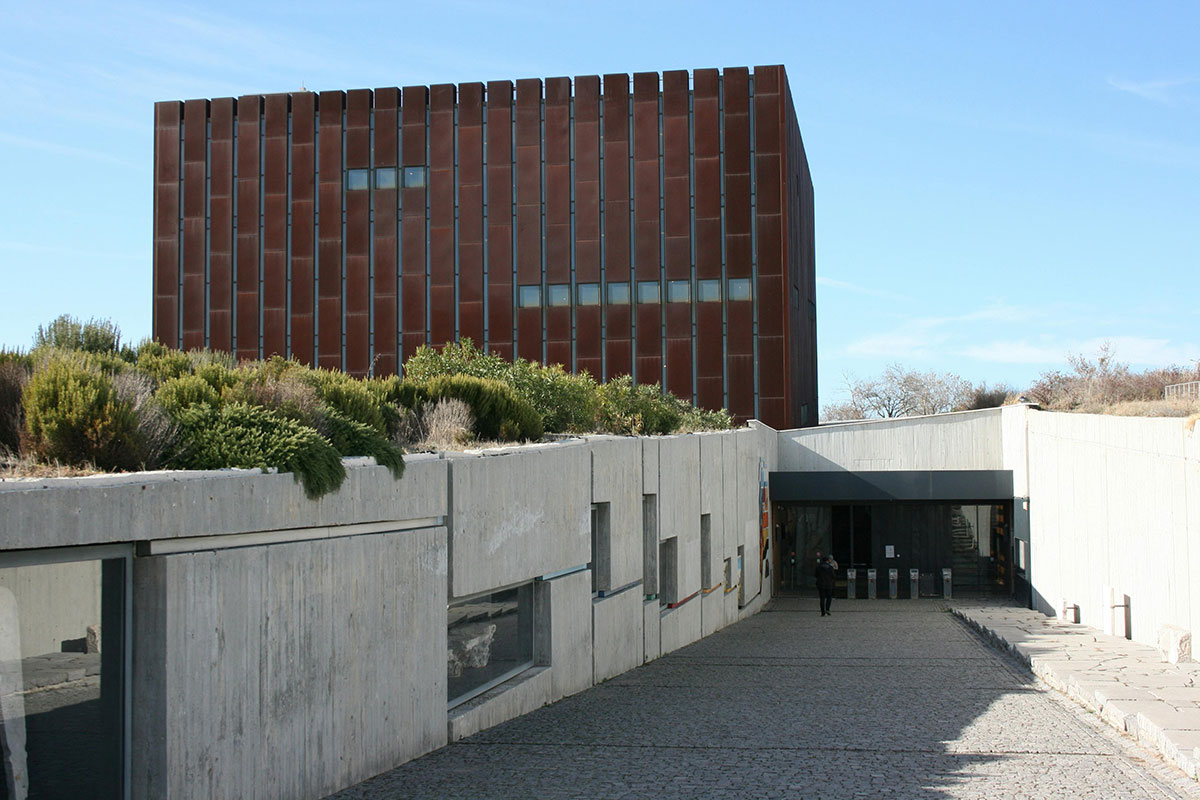In April 1984, the Euro-International Concrete Committee (CEB – its initials in French) published a monographic bulletin (nº152) on an international workshop in the construction sector, organised jointly with the International Union of Laboratories and Experts in Materials, Construction Systems and Works (or RILEM in French), held between 18th and 20th May 1983 in Copenhagen, Denmark, under the title Durability of Concrete Structures. Among the papers published in the bulletin was one by a certain W. R. de Sitter – nothing more is known about him – under the title Costs for service life optimisation. The ‘law of fives’, something like ‘Costs for service life optimisation. The ‘law of fives’.

This work by de Sitter enjoys some fame among engineers, designers and technicians in the construction industry, although it is a purely approximate “law”, for which there is in fact no purely mathematical formulation. However, there are positive lessons to be learned from it for organisations like Amusement Logic that work in the construction industry. That is why we bring it to you here and go straight to the point:
“One of the main reasons for the increase in interest in the subject of durability of concrete is the regrettably frequent occurrence of damage due to corrosion of reinforcing steel”. The text of the bulletin begins by stating the 4 phases that de Sitter points out in the life cycle of any concrete structure. They are as follows:
-Phase A: this first stage begins with the design of the project and includes its construction and the setting period. De Sitter says that in order to achieve a “certain desired level of durability”, over the life cycle of a structure, certain measures must be taken at this stage. He sums them up under the idea of “good engineering practice”. This involves producing proper design in terms of reinforcement spacing and other technical aspects of the concrete; proper construction in terms of concrete mix, compaction, workmanship, etc.; care in setting; the use of protective coatings; and, finally, quality control.

-Phase B: this refers to the initial maintenance period, once the concrete structure is in use. To prolong its life cycle, and since “some carbonation has taken place (…) and aggressive agents have penetrated into the cover”, we should clean, coat and/or impregnate it, and locally increase the coating by guniting.

-Phase C: At this stage of maintenance and repair, damage has reached the steel reinforcement, which has started to corrode. It is time to remove the damaged concrete, re-gunite or re-coat the material.
-Phase D: this is the last phase in the life of a building or structure, when the reinforcement has corroded in ‘large areas’, when “the cover has spalled in many places” and “cracking is occurring on a large scale”. At this point, we will only save the structure with far-reaching measures: renovation and almost total replacement of the cladding, and demolition, removal and reconstruction of some of its parts.


The CEB bulletin then goes on to formulate the theory that de Sitter has “recklessly” presented on the subject referred to in the title of the paper, i.e. the proportions of the cost of optimising the life span of a building or structure. It reads:
“1 dollar spent in phase A equals 5 dollars in phase B, equals 25 dollars in phase C, equals 125 dollars in phase D”.

Although, as we said, this is an approximate law and, therefore, the dollar figures are not intended to be exact, nevertheless, the law of fives shows graphically and illustratively that the funds used in phases A and B of the useful life of a building or structure will save resources in subsequent phases, which would otherwise increase according to a geometric progression with an estimated factor of 5. This will occur to the extent that these resources invested in phases A and B cause phases C and D to arrive much later in the life of the structure. Or, to put it another way, that in order to save on the maintenance and upkeep of concrete constructions, “engineers working in scientific institutions, engineering consultants and contractors take up the challenge and concentrate on phases A and B”.
Sources: Google Books, FIB.






